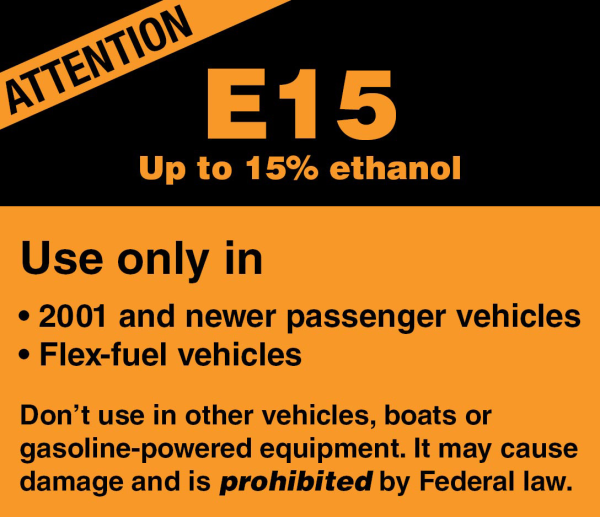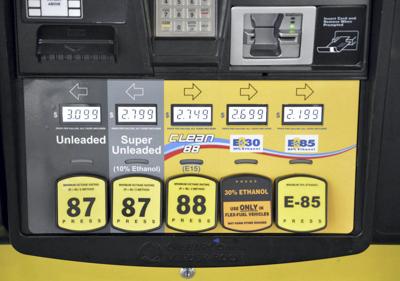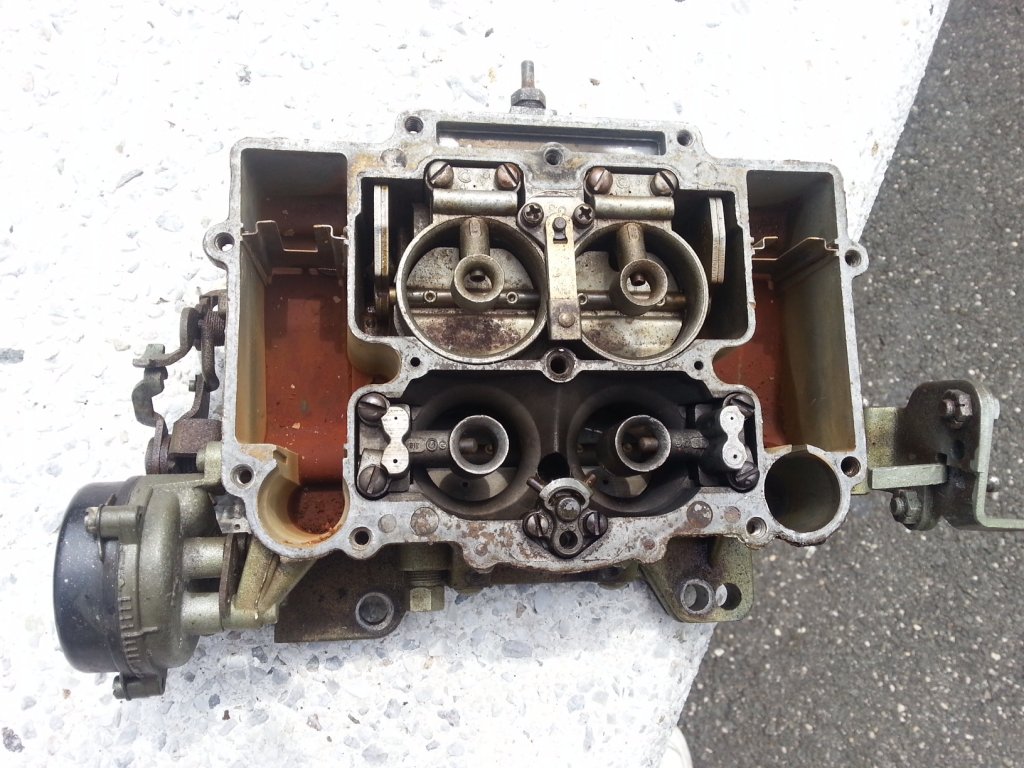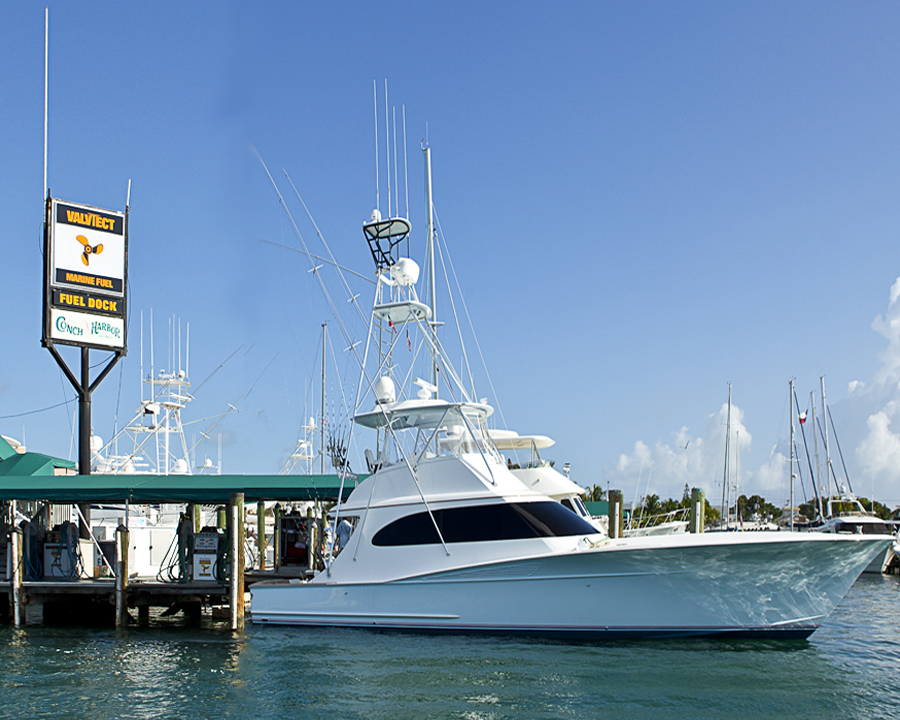Most Boaters Miss Ethanol Warning Labels
Ethanol continues to be a problem for recreational boaters and the people who maintain their engines. Many owners of trailerable boats try to save money by filling their boats’ tanks at a land-based gas station, which is understandable, but they’re adding the wrong fuel. According to recent Harris Poll 54% of respondents felt the small orange E15 fuel warning label on a gas pump isn’t enough of a warning.
Size and Clarity
Poll respondents said the label, which is about the size of a pack of chewing gum, should be larger, clearer and mandatory on all land-based gas pumps. E15, which is a gasoline blend that contains 15% ethanol, is prohibited by federal law for use in recreational boat engines and voids many marine engine warranties.
Ethanol is derived from corn and is blended with gasoline. Boat engines are designed to run on gasoline with an ethanol content of no more than 10% that is commonly known as E10. In many cases, the cheapest fuel at a land-based pump is E15, but many boat owners are looking solely at the octane rating. They see 87, but miss the ethanol level. According to the Harris poll, only 22% of consumers correctly identified E15 when they saw it.
Potential Damage
Engine overheating, fuel-line tearing and deteriorating hoses that clog fuel filters with rubber particles are just some of the problems associated with running E15. Additionally, E15 and even E10 from a land-based station is designed to be used up quickly because cars are run much more frequently than boats. If gas from a land-based station sits for weeks at a time in a boat fuel tank, phase separation can occur. When this happens, the water and gasoline in a tank separate and the ethanol attaches itself to the water molecules. Because gasoline is lighter than water, the gasoline rises to the top of the tank and the water collects at the bottom. Most fuel tanks have their pickup at the bottom, so when phase separation happens, the ethanol-water cocktail gets sucked into the engine, which tries to burn it like gasoline, and the damage to internal components takes place.
According to Chevron, conventional gasoline can dissolve up to 150 parts per million (ppm) of water at 70 degrees Fahrenheit. Gasoline oxygenated with 10% ethanol can dissolve up to 7,000 ppm of water at 70 degrees. When the blend is then cooled, the water and the ethanol become insoluble. If more water is added, it draws more ethanol and the phase separation worsens.
One way that water gets in a gas tank is through condensation. When temperatures rise and fall, condensation occurs, adding water to the fuel. This is why most experts recommend that a boat be stored for the winter with full tank of fuel with an additive like Sta-Bil or Star Brite’s Star Tron.
The Right Stuff
Most fuel docks and marinas carry fuel that is designed for marine use like ValvTect’s Marine Gasoline and Marine Premium Diesel Fuel. It isn’t cheap, but it’s designed for marine engines and their harsher duty cycles. In many cases, ValvTect and other marine fuels can significantly reduce fuel costs, required maintenance and extend engine life. There are more than 600 marinas that carry ValvTect fuels around the country.
ValvTect products are formulated to prevent phase separation and to clean the fuel system of deposits. A boater who still wants to fill up at land-based stations can purchase ValvTect’s X-Tended Protection gasoline treatment by the bottle to stabilize hits boat’s fuel. ValvTect says the product controls moisture to prevent phase separation, reduce octane loss and clean carbon deposits. ValvTect claims that XP+ Gasoline Treatment improves fuel stability 130% better than enzyme fuel treatments like Star Tron and that the ValvTect additive was 50% more effective than an enzyme-based product. A 4-ounce bottle of ValvTect XP+ Gasoline Treatment treats 40 gallons of gasoline.
ValvTect also makes Marine Motor De-Carb, an additive designed to provide a quick cleaning of an boat’s fuel system, including carbon deposits, gum and varnish. The 13-ounce spray can is intended for use at the beginning of each season or every 50 hours of operation.



